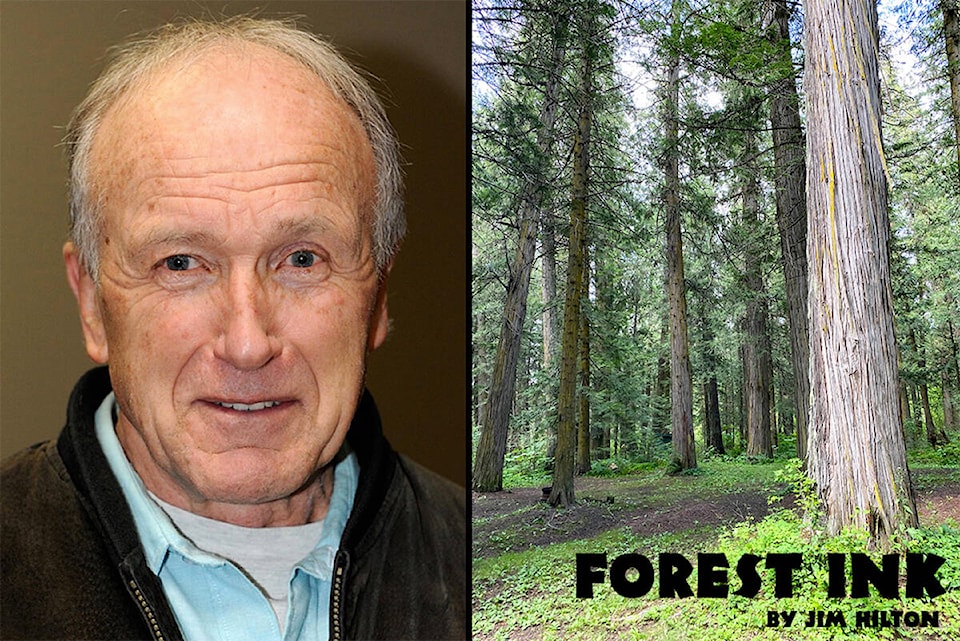It is not often that books that I have been reading have had a logical progression from the first to the last one. In future articles I will go into detail about forest gardens sometimes referred to as permaculture which I hope will show readers how the first two books set the stage for the last topic.
I started with a book about hunter-gatherers by Hugh Brody which was published over two decades ago. The full title of the book is The Other Side of Eden: Hunters, Farmers, and the shaping of the world. He makes the point that it is the farmers not the hunter-gatherers that are the true nomads, doomed to the geographical and spiritual restlessness that has caused them to spread around the world. In contrast hunters have a deep attachment to the place and ways of their ancestors as expressed in distinct language and acts that makes them part of the fabric of the natural and spiritual worlds they have lived in for millennia.
Hugh Brody is an anthropologist-filmmaker-author and narrator who has spent considerable time studying and in some cases living with a number of his subjects in the most remote places on the planet. Being a linguist he has taken the time to learn many native languages so he could better understand the stories that he was introduced to during some of his excursions.
In one case he and his experienced Inuit guides were without food for five days as they were travelling by dog sled through the most rugged and challenging areas of Canada. I also found the book very useful to get some insight into what many Indigenous people are facing with the ongoing reconciliation efforts of governments around the world to correct the injustices of the past and also recognize the rich heritage that they have to offer.
While the urban population may admire the hunter – gatherers who live in these remote harsh places few are willing to go beyond the films and documentaries that describe their lifestyles. Some may go as far as building a cabin in relative seclusion with hand tools and draw a considerable number of viewers during their efforts but the majority have chosen the farm and associated urban setting.
Modern farming methods have allowed the world population to reach the eight billion mark but it has come with a considerable impact on the earth’s ecosystems. This is where the second book comes in — Eating to Extinction. The Worlds Rarest Foods and Why We Need to Save Them by Author Dan Saladino. He goes into detail about how the six thousand plants consumed by humans has been reduced to nine main plants with rice, wheat and corn providing 50 percent of our calories.
Another example is in the dairy industry where 95 percent of milk consumed in the USA comes from one breed of cow and one in four beer drunk in the world comes from one brewer. The author takes us to over 37 places around the world where some societies have managed to retain a variety of the most nutritious foods that could save us from predictable failures of our existing monoculture agricultural practices. For those interested in reading ahead about food forests a good source is the 2022 West Coast Seeds Gardening Guide.
READ MORE: Child hunger a major concern as Canadians hit by soaring food prices
Jim Hilton is a professional agrologist and forester who has lived and worked in the Cariboo Chilcotin for the past 40 years. Now retired, Hilton still volunteers his skills with local community forests organizations.
Do you have a comment about this story? email:
editor@wltribune.com
Like us on Facebook and follow us on Twitter.
